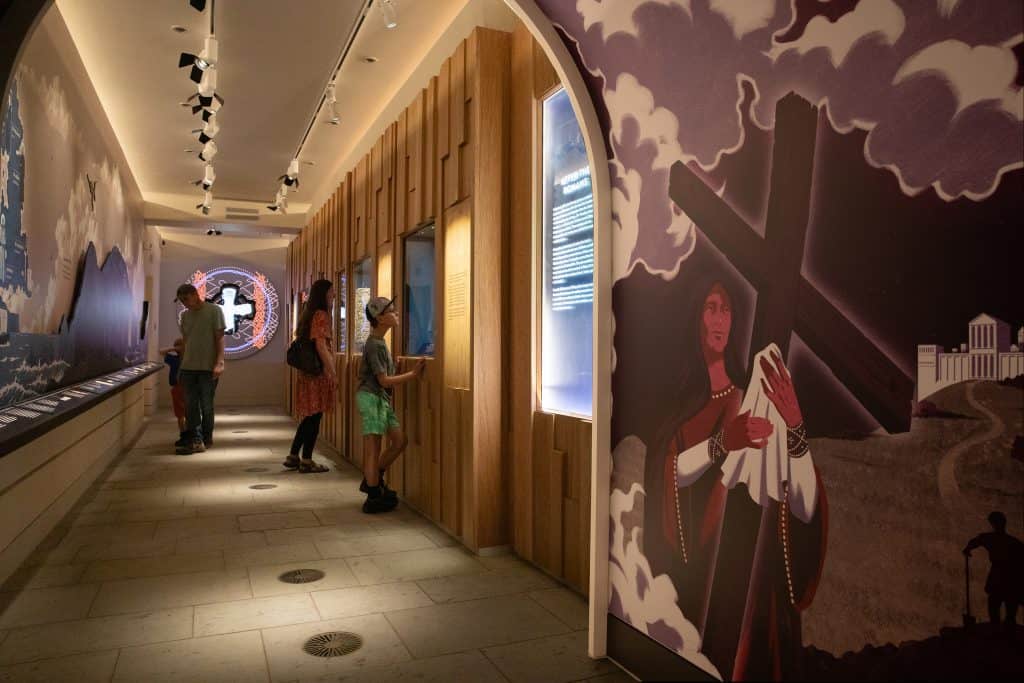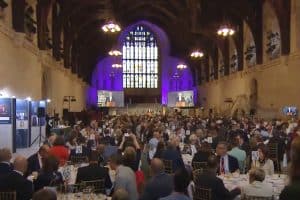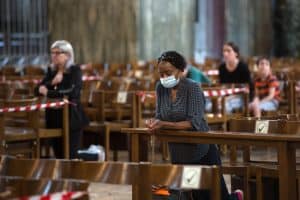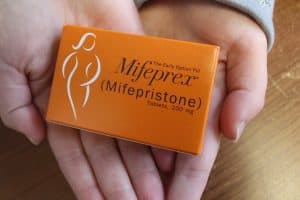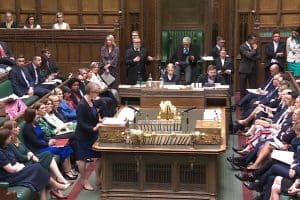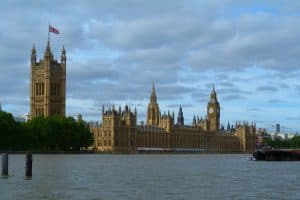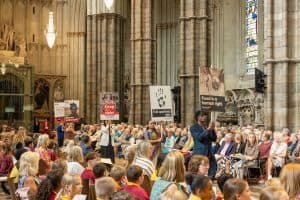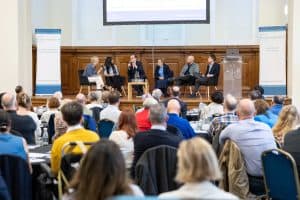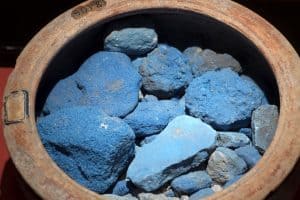By Angela Youngman
Art is the thread that explains the story of faith in Britain at the Faith Museum in Bishop Auckland, says curator Amina Wright.
“Faith is a very personal thing, and our object is to examine the history of faith, which is not often explained in a museum,” she says. “We are dealing with a site that has 1,000 years of Christian history, so it has to play a large part in the displays but we have sought to be multicultural and ecumenical. Our approach is to be object-based, letting objects tell the story. Art allows us to show faith visually.”
From the moment of entering, visitors are surrounded by art in every format — immersive, decorative, applied, photographic and fine arts. Descending into dark subterranean cellars, visitors explore the way prehistoric people used whorls and lines to express faith before steadily moving upwards through objects relating to Celtic, Roman, Viking, medieval Christendom, Protestantism and dissenters.
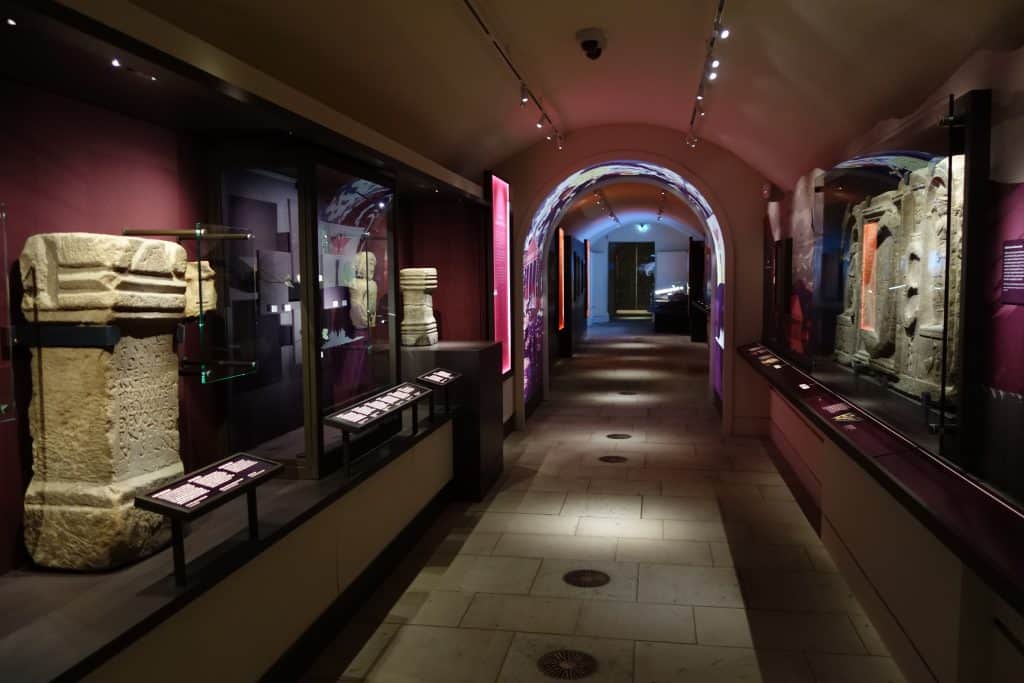
These include sculptures, stained glass, a tiny gold brooch in the shape of an M for Mary, Nigerian fabrics, silhouettes highlighting the problems of slavery accompanied by pertinent quotes by the abolitionist Olaudah Equiano asking “why?”, a model of the Hindu deity Shiva dancing, and a Punjab helmet badge bearing the symbols of three religions.
One of the more unusual artistic objects is a god bottle made by 19th-century Irish and Italian immigrants. Capped with a cork, and filled with water, the upright bottle contains a carved wooden cross with tiny tools used by soldiers at the crucifixion.
As the modern era is reached, so contemporary artists set out to provoke, challenge and highlight the concept of faith. Their work highlights the central questions posed throughout the museum: Where do I belong? How do I live? Am I alone?
There are no detailed explanations beside each art work: visitors are left to make their own judgments. Only one artist offers words of her own, explaining how her Muslim heritage and her faith helped her — and that is because she is no longer here. British-Gambian Muslim photographer Khadija Saye died in the Grenfell Tower fire of 2017. The Faith Museum now owns her entire portfolio.
Among the works on display are paintings by Roger Wagner who places Jesus and his disciples into modern-day Middle Eastern settings. It includes a crucifixion set against the smoking concrete chimneys of a power station.
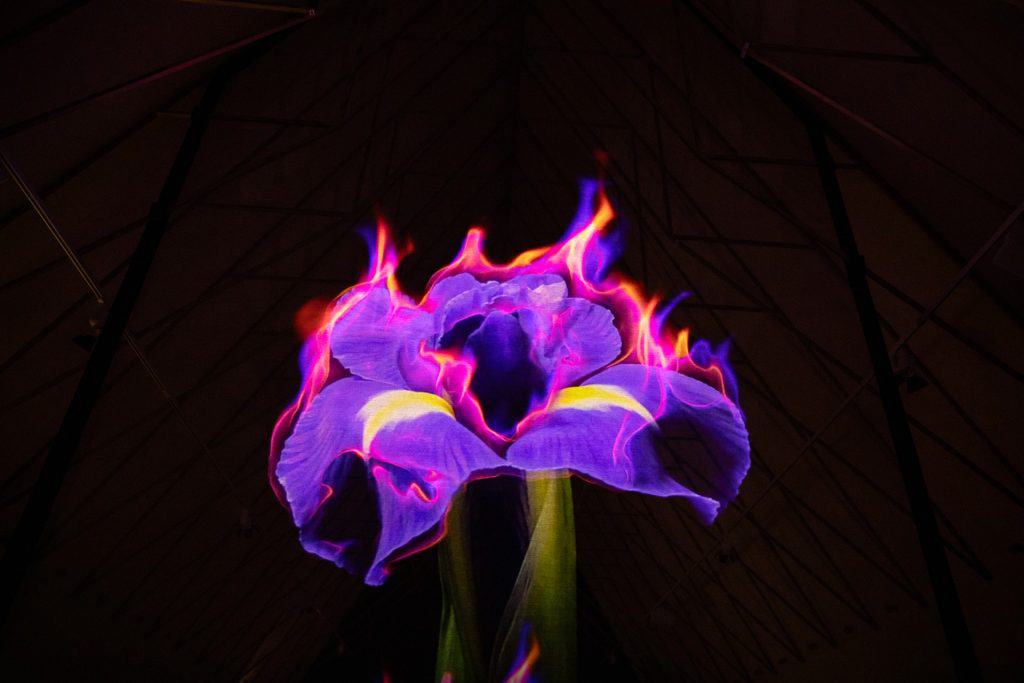
One of the most powerful artworks is Matt Collishaws’s Eidolon — an immersive walk-through installation combining art, light and sound. Set in a darkened room accompanied by a choral soundtrack, it portrays a blue iris, engulfed in flames but never consumed by them, constantly burning but always renewing. It becomes a symbol of the survival and sheer strength of faith even when tested to the ultimate limit.
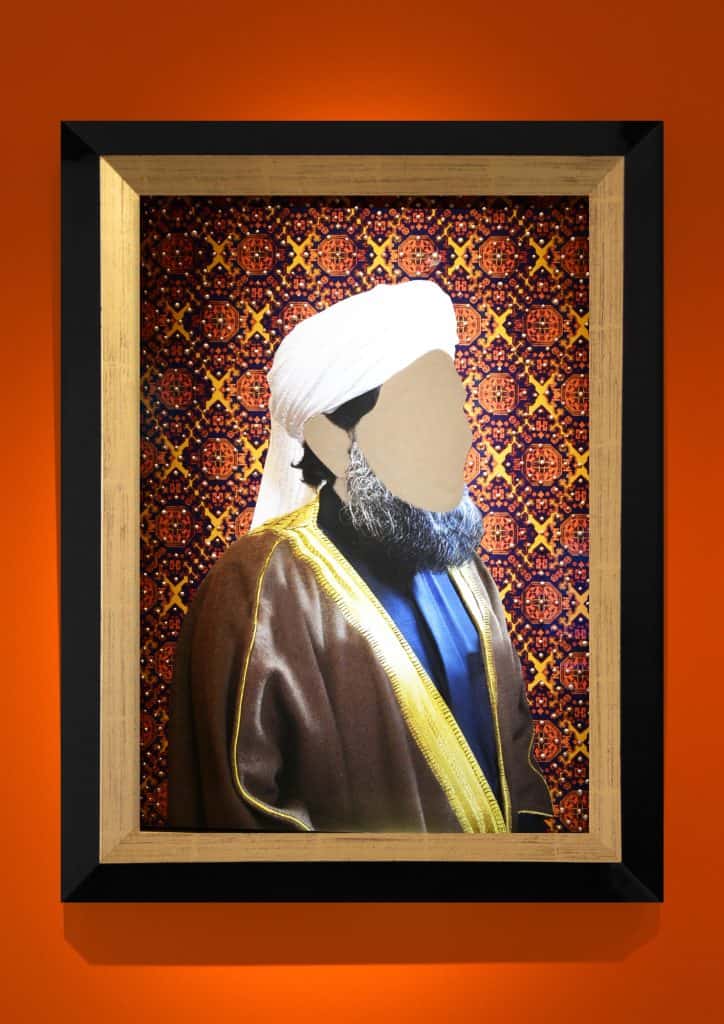
Elsewhere in the gallery, a series of paintings known as encounters provides a thought-provoking viewpoint of faith. Created in collaboration with various religious leaders including Ali Gomaa, the former Grand Mufti of Egypt, and the Dalai Lama, the portraits contain only blank faces, inviting visitors to imagine their own faces in those paintings. It highlights the need to respect other faiths without undermining individual beliefs.
The Singh Twins are renowned for their fusion of Indian and western art, often using provocative themes dealing with social, political and cultural issues. British artists of Sikh heritage, their work is highly colourful and detailed. Works on display include the Three Golden Rules from their Guru Nanak Sikh series, with its brilliant blues and golds blazing out across the gallery while making you stop and explore all the tiny details
“We have a short list of artists we are talking to for the future and plan to include more Muslim artists. People are keen to work with us,” Ms Wright says.
The aim is to keep displays fresh and challenging, offering new viewpoints. Apart from bringing in new contemporary artists, an appeal is under way to enable the museum to acquire Saint Paul Directing the Burning of the Heathen Books, a 16th-century tapestry described as “the birth certificate of the Church of England”. It was commissioned by Henry VIII in about 1535.
The artistic theme will continue outside. There are plans to create a faith garden that includes the ghostly outline of a long-destroyed medieval chapel identified by archaeologists.
Jonathan Ruffer, founder of the Auckland Project, says: “We have tried to tell stories which put into context 6,000 years of human endeavour and the restlessness of the human spirit.”
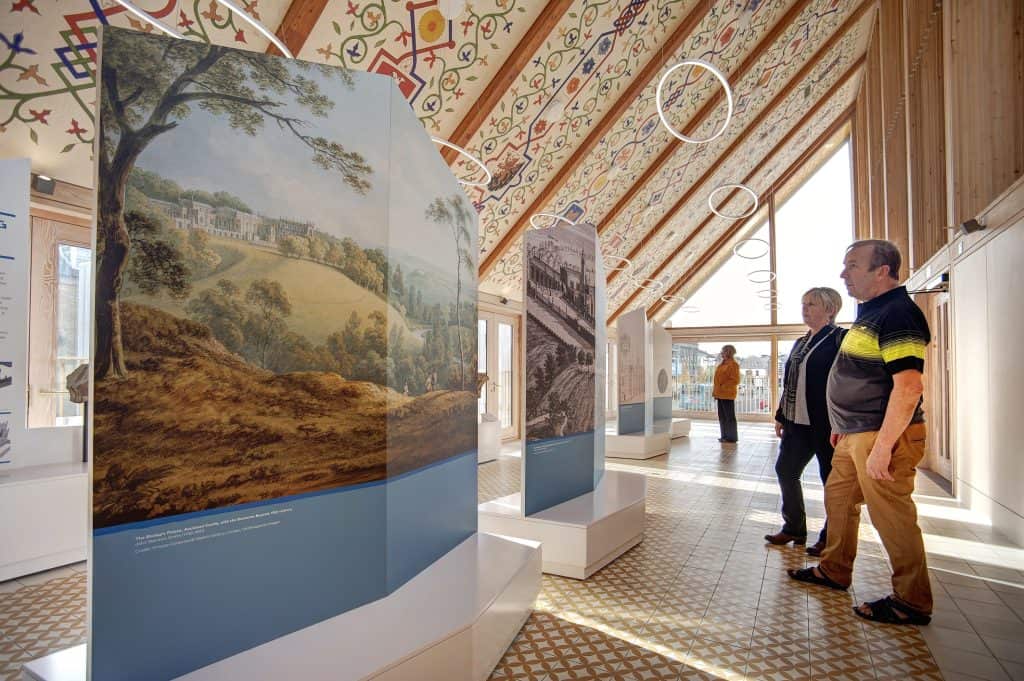
Portraying faith has been a difficult task as he believes there has been a tendency in the modern world for “faith to be hidden under a carpet. We have done something rather dynamic and brave by showing faith remains. Faith is an essential elemental force, and we have to come to terms with what faith is and how you respond to it. We have no sense of proselytising: it’s how we function with things higher than ourselves. This is everyone’s story. We are as broad as humanity.”

